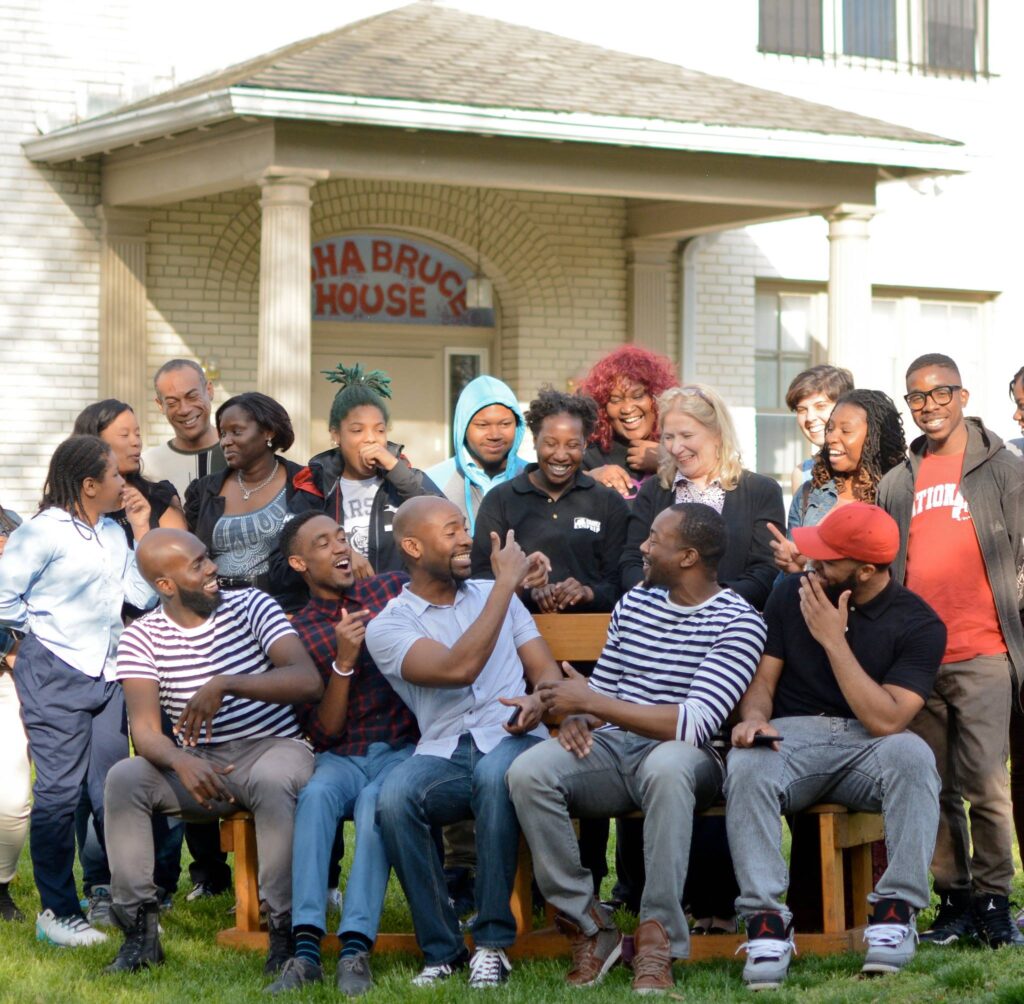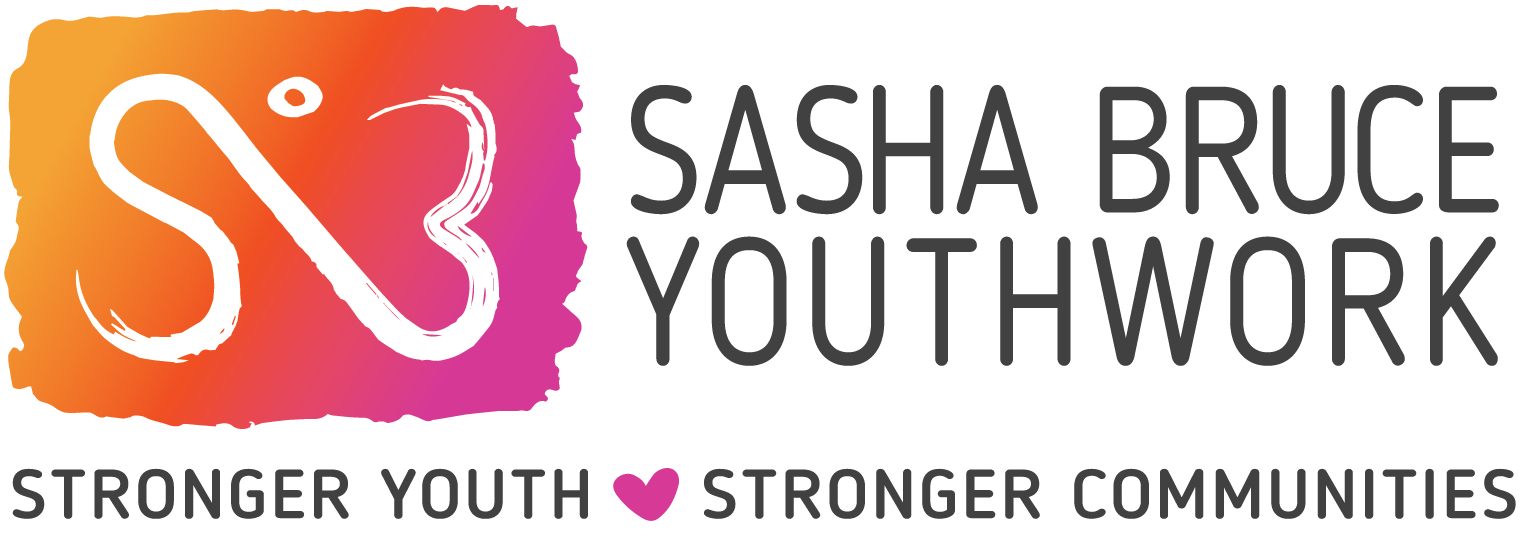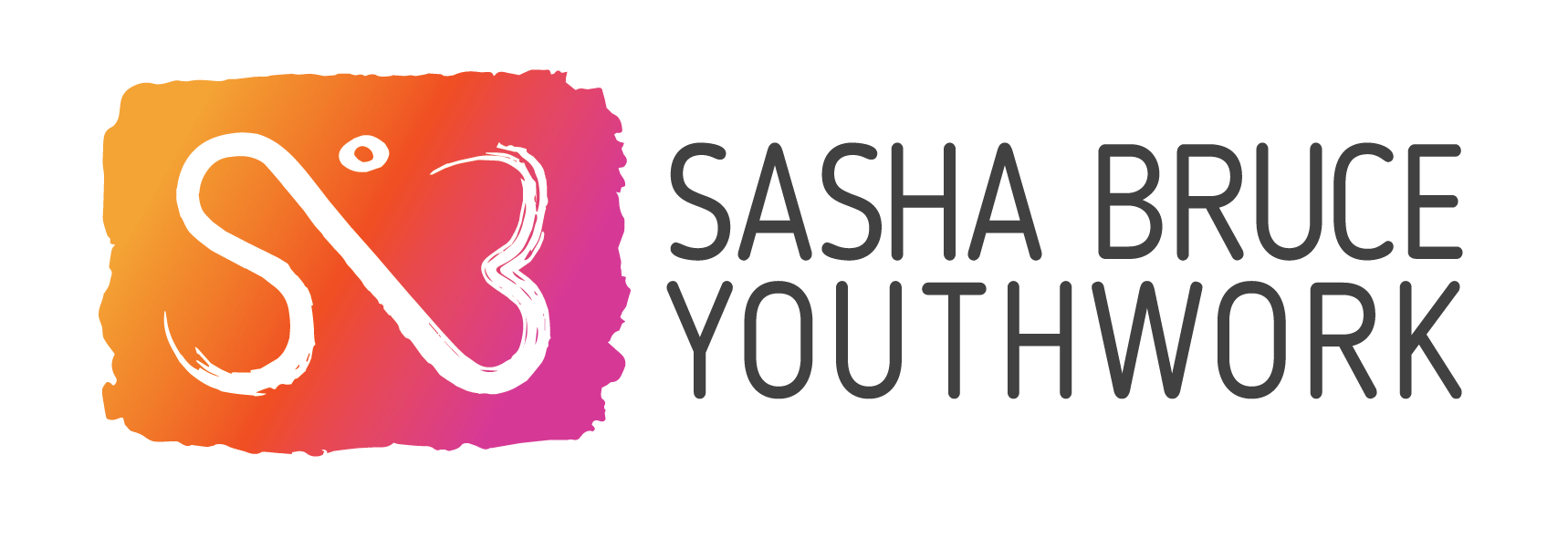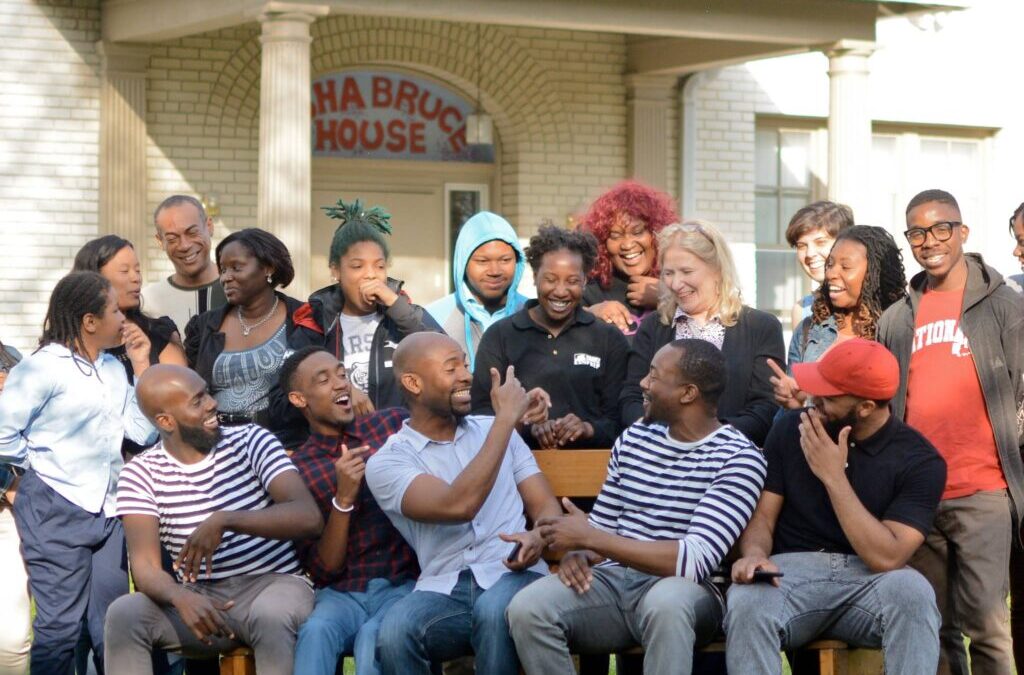A Sasha Bruce staff member was mailing a package to one of our donors at her local post office. The envelope had the Sasha Bruce logo and its return address. “Hey, my mother lived at Sasha Bruce!” the postal clerk exclaimed. Her mother had spent time at Bruce House in her youth. 

This is a story our staff members tell again and again. We frequently meet community members who spent time at Bruce House or parents who used Bruce House as a respite for their own children during a challenging time.
Bruce House remains the only emergency shelter for youth under 18 in the District of Columbia. It has held that position since the early 1980s when Sasha Bruce Youthwork purchased the building at 1022 Maryland Avenue NE. Hundreds of District youth have found it a breathing space during troubling times. They receive shelter, food, clothing, and, most importantly, unconditional support.
But the history of 1022 Maryland Avenue NE goes back even further. This eighteen-room house was built in 1912 and was the home to the District Coroner for many years.
In 1953, it was purchased by the National Baptist Convention (NBC) as a Retreat for Foreign Baptists Missionaries. NBC is the largest predominantly Black Christian denomination in the United States. You can see pictures of the Retreat in a 1964 edition of Ebony magazine.
At the time, African American missionaries were excluded from mainstream missionary societies, so the retreat served as an important resource for those often marginalized in religious and secular contexts. The Retreat was the brainchild of a prominent educator, feminist, and civil rights advocate, Nannie Helen Burroughs, who served as the Women’s Convention auxiliary president to the National Baptist Convention.
Burroughs is best known for founding the National Training School for Women and Girls in 1909 in NE Washington. It was renamed in her honor in 1964. Burroughs encouraged the importance of self-sufficiency for African American women and encouraged them to pursue careers in fields such as nursing, teaching, and business.
As an educator and community leader, Burroughs recognized the importance of providing a supportive environment for those who had dedicated their lives to serving others. The Retreat promoted unity and collaboration within the African American community.
The retreat also served as a hub for social and political activism, hosting meetings and events that helped shape African American history.
Burroughs called the Retreat “The most advanced step ever taken by any Negro organization for the welfare of its workers in Foreign Mission Services when they come to America….” She describes it as a “magnificent light buff colored residence set in the midst of spacious grounds.”
Inside the entrance hall are two murals, one continuing up the stairway. Burroughs commissioned prominent African American artist and educator Lois Mailou Jones to paint these works.
Jones played a significant role in the Harlem Renaissance and beyond. She explored the intersections of African and African American art, drawing inspiration from traditional African designs and motifs.
Additionally, Jones had a long and influential career as a professor at Howard University. She taught for over 47 years and mentored generations of young artists. Joining the faculty in 1930, she became one of the first Black professors at the university and remained there until her retirement in 1977.
The first mural shows Baptist Missionary centers across Africa along with, as Burroughs wrote, “full-length figures of African natives” and “an African profile painted in heroic proportions.” These are against a background of “the Pyramids, Africa’s mighty symbol of STRENGTH, SKILL, and ENDURANCE.”
The second mural shows Ghana’s newly achieved independence with images of its president, Kwame Nkrumah, the country’s new flag, and “groups of natives in brilliant dress at work in the great cocoa and textile plants.”
Today Bruce House continues to serve as a place of respite, and we believe Nannie Hellen Burroughs would approve of its purpose. What Burroughs called the “Dining Hall” is still the center of the building. We serve three home-cooked meals a day there, and even outside of meal hours, one or two residents can usually be found hanging out or doing their homework there.
Across the hall, the “Fellowship Room” serves as our Case Manager’s office and a place for private meetings with youth and their families.
The lounge, with its “Long line of windows that keep the room filled with sunshine throughout the day,” is now the Jonathan & Hannah Allen Youth Innovation Lounge. This space was updated in 2019 into a comfortable and welcoming environment where youth can relax and simply be kids.
Jonathan Allen, a gamer, made sure the space was well-equipped with a gaming system. Allen has been known to stop by and play games with the kids.
Upstairs, the “airy, spacious bedrooms” provide a haven for the boys and girls living there. Outside, young residents frequently enjoy a cook-out, sitting at picnic tables on the “upper tree-bordered lawn.”
The Retreat was probably the last significant project of Burroughs’ life. She died on May 20, 1961, at the age of eighty-one. Surely she would smile to think of the children using the Retreat as intended, “a place for rest – and for recuperation.”
To share your Bruce House story, email info@sashabruce.org.










